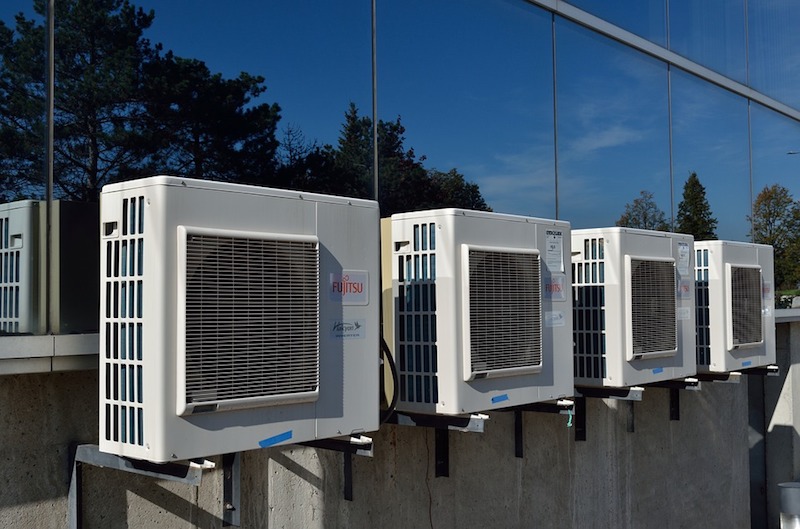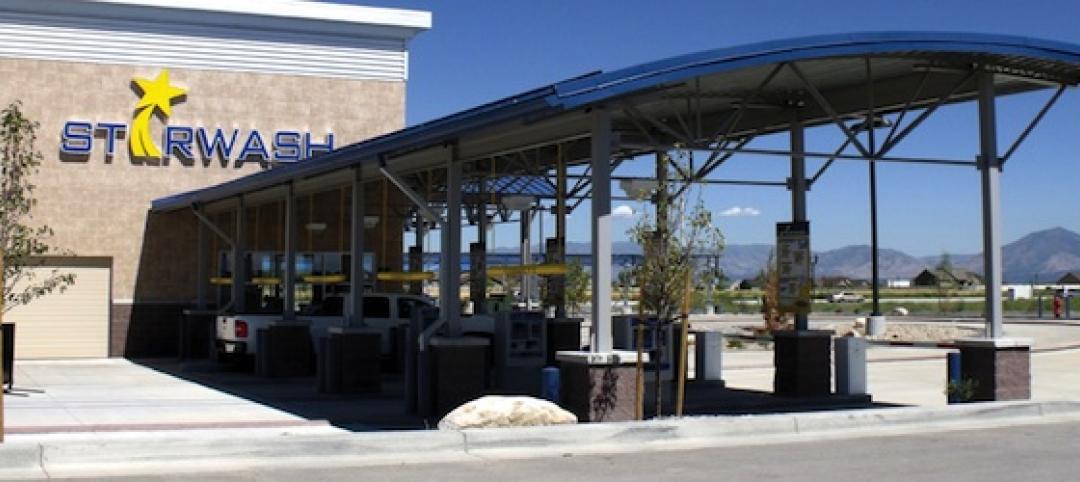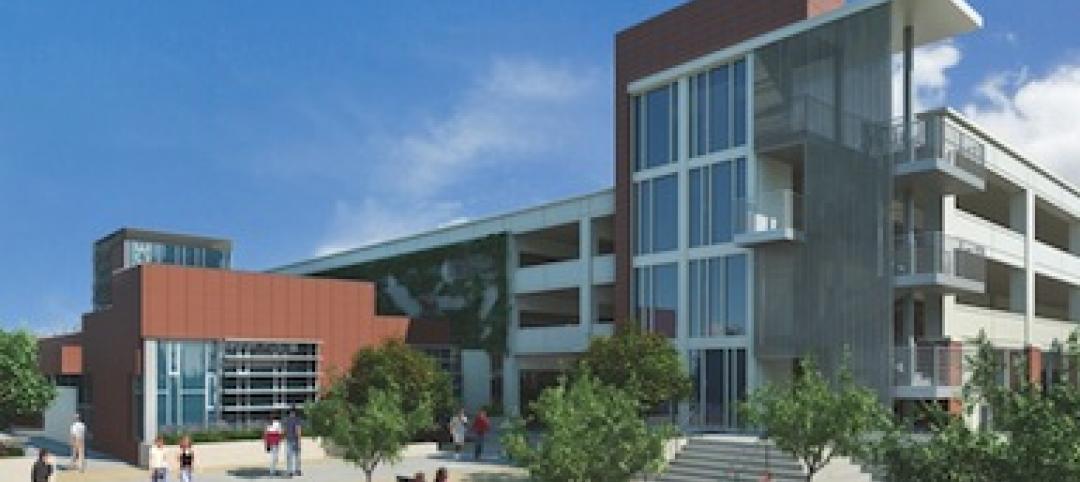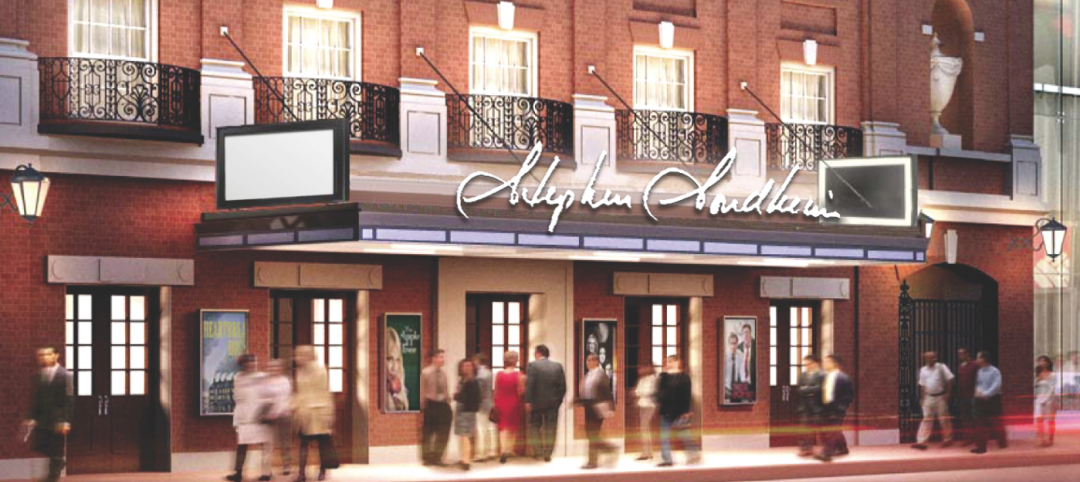Artificial intelligence doesn’t always get the best wrap. From fictional takes on the technology such as Skynet, from The Terminator series, destroying the world and Westworld’s new foreboding take on AI, to Stephen Hawking’s very real warning that artificial intelligence could end mankind, AI certainly doesn’t get as much love as other novel forms of technology like augmented reality or drones.
That doesn’t mean, however, AI isn’t currently being used for very useful applications. For example, a software firm based in Milan, Italy has been attempting to use machine learning algorithms to help buildings predict when their critical systems are about to fail.
According to newscientist.com, CGnal recently analyzed a year’s worth of data, such as temperature, humidity, and electrical use, from heating and ventilation units in an Italian hospital. The data related to appliances in operating theaters, first aid rooms, and corridors.
The firm then trained a machine learning algorithm on data from the first half of 2015 and looked for differences in the readings of similar appliances. When it was tested on data from the second half of the year, the system predicted 76 out of 124 real faults, including 41 out of 44 where an appliance’s temperature rose above tolerable levels, with a false positive rate of 5%, newscientist.com reports.
Augury, a start-up based in the United States, is also experimenting with machine learning. The company uses acoustic sensors that they install in machines to listen for audible changes in function in order to achieve the same result of predictive monitoring. So far, Augury has used the technology to diagnose machines in facilities such as hospitals, power plants, data centers, and a university campus.
By predicting these issues before they occur, facilities could be fixed before a crash ever occurs, saving time and money.
Related Stories
| Sep 22, 2010
Satellier, Potential + Semac close investment deal
Satellier, a world leader in providing CAD and Building Information Modeling (BIM) outsourced services to the architecture, engineering and construction industry, announces a strategic minority investment from India-based top engineering firm Potential + Semac, ushering in the next evolution of the global architecture support industry.
| Sep 21, 2010
Forecast: Existing buildings to earn 50% of green building certifications
A new report from Pike Research forecasts that by 2020, nearly half the green building certifications will be for existing buildings—accounting for 25 billion sf. The study, “Green Building Certification Programs,” analyzed current market and regulatory conditions related to green building certification programs, and found that green building remain robust during the recession and that certifications for existing buildings are an increasing area of focus.
| Sep 21, 2010
Middough Inc. Celebrates its 60th Anniversary
Middough Inc., a top ranking U.S. architectural, engineering and management services company, announces the celebration of its 60th anniversary, says President and CEO, Ronald R. Ledin, PE.
| Sep 13, 2010
7 Ways to Economize on Steel Buildings
Two veteran structural engineers give you the lowdown on how to trim costs the next time you build with steel.
| Sep 13, 2010
Community college police, parking structure targets LEED Platinum
The San Diego Community College District's $1.555 billion construction program continues with groundbreaking for a 6,000-sf police substation and an 828-space, four-story parking structure at San Diego Miramar College.
| Sep 13, 2010
Campus housing fosters community connection
A 600,000-sf complex on the University of Washington's Seattle campus will include four residence halls for 1,650 students and a 100-seat cafe, 8,000-sf grocery store, and conference center with 200-seat auditorium for both student and community use.
| Sep 13, 2010
Second Time Around
A Building Team preserves the historic facade of a Broadway theater en route to creating the first green playhouse on the Great White Way.











